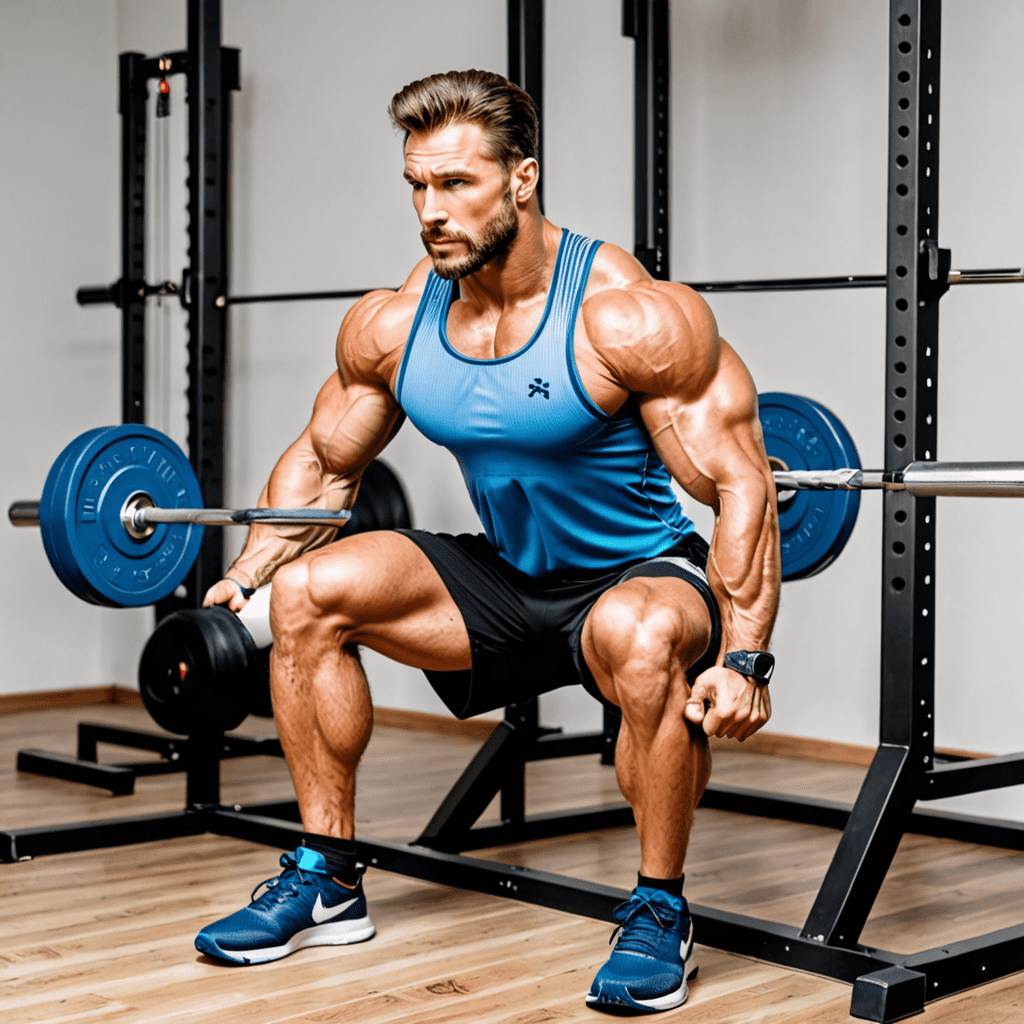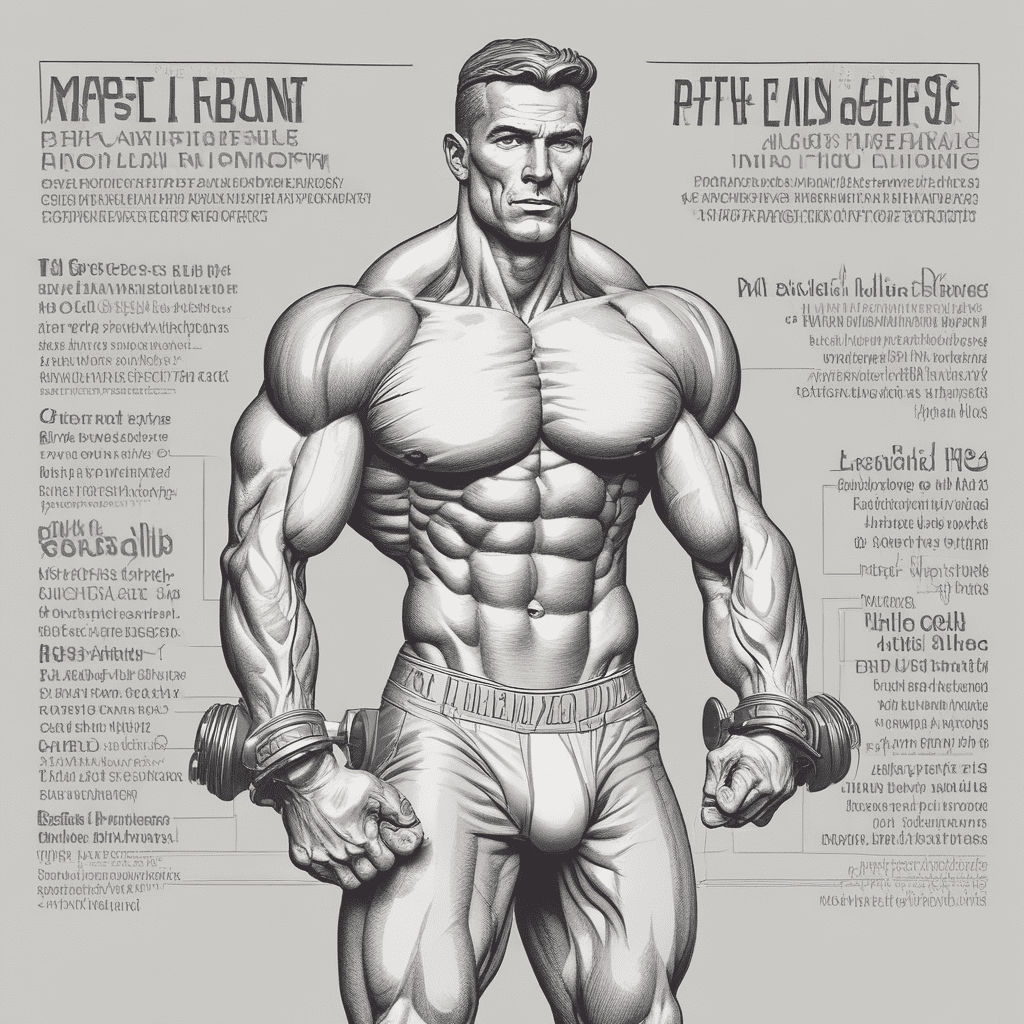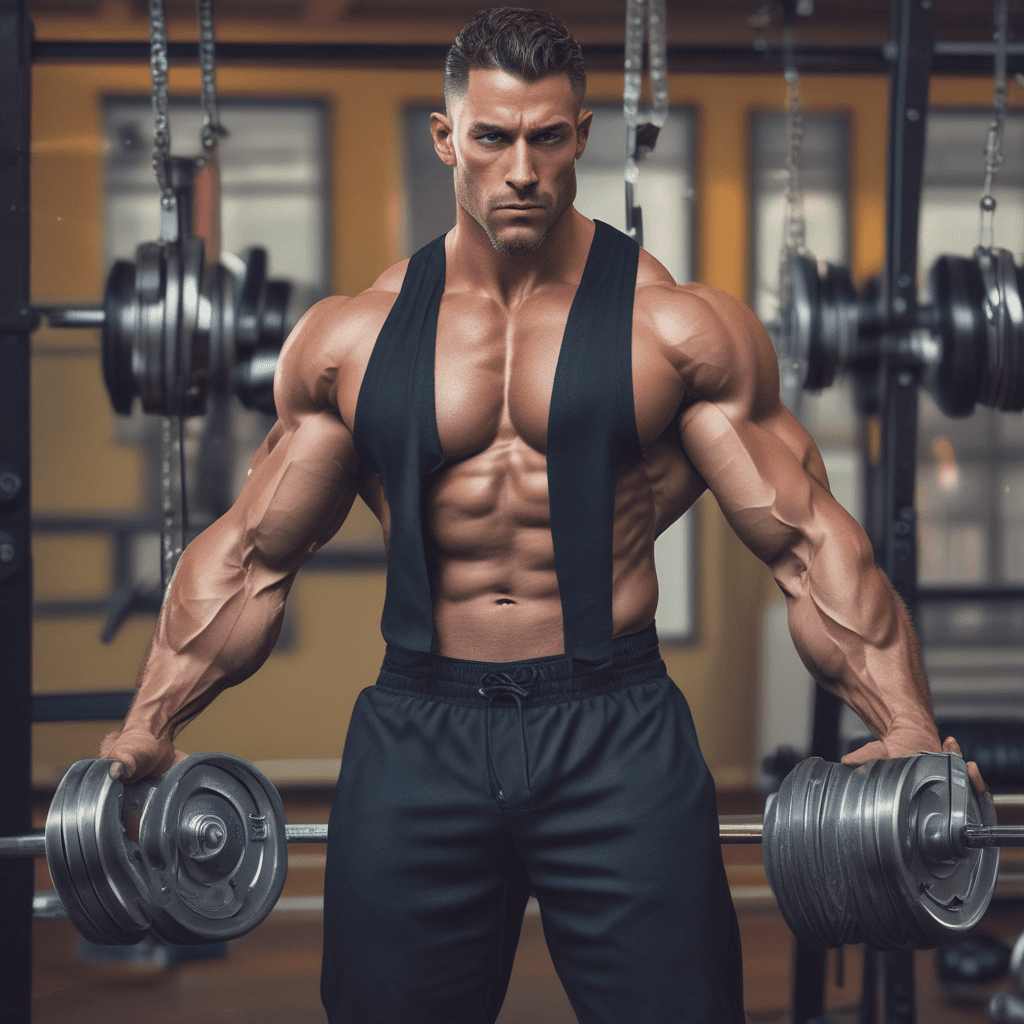
Fixing Knee Cave in Squat: Tips for a Stronger and Safer Lift
As a fitness enthusiast or athlete, you may have experienced the frustrating issue of knee cave during squats. This problem not only affects your performance but also poses a risk of injury. Understanding the causes and implementing effective solutions can greatly improve your squat technique and overall lower body strength. Here, we discuss essential tips for fixing knee cave in squats.
Understanding Knee Cave in Squats
Knee cave, also known as knee valgus, occurs when the knees collapse inward during a squat. This movement places excessive stress on the knee joints and can lead to discomfort, instability, and even injury. Knee cave is often caused by weaknesses or imbalances in the lower body muscles, poor technique, or mobility issues.
Improving Lower Body Strength
Building strength in the muscles that support proper knee alignment is crucial for addressing knee cave. Focus on exercises that target the glutes, quadriceps, hamstrings, and hip abductors. Incorporating movements such as squats, lunges, deadlifts, and hip thrusters can help develop balanced lower body strength and stability.
Optimizing Squat Technique
Proper squat technique is essential for preventing knee cave. Ensure that your knees track in line with your toes throughout the squat movement. Engage your core, activate the glutes, and maintain a neutral spine position. Avoid excessive forward knee travel and prioritize driving through the heels to maintain proper alignment.
Addressing Mobility and Flexibility
Poor hip and ankle mobility can contribute to knee cave. Implement dynamic warm-up routines that target mobility and flexibility, focusing on areas such as the hips, ankles, and calves. Including mobility drills and stretches in your pre-squat routine can help improve your body’s ability to maintain proper alignment during the squat.
Seeking Professional Guidance
If you continue to struggle with knee cave despite implementing corrective measures, consider seeking guidance from a qualified fitness coach or physical therapist. A professional can assess your movement patterns, provide personalized exercise prescriptions, and offer valuable insights to address underlying biomechanical issues contributing to knee cave.
FAQ
Q: Are there specific footwear recommendations to help prevent knee cave during squats?
A: While individual preferences may vary, opting for weightlifting shoes or flat-soled footwear can provide stability and support, aiding in maintaining proper lower body alignment during squats.

